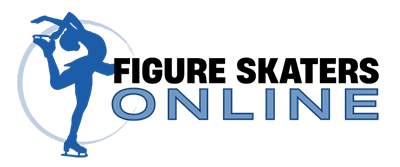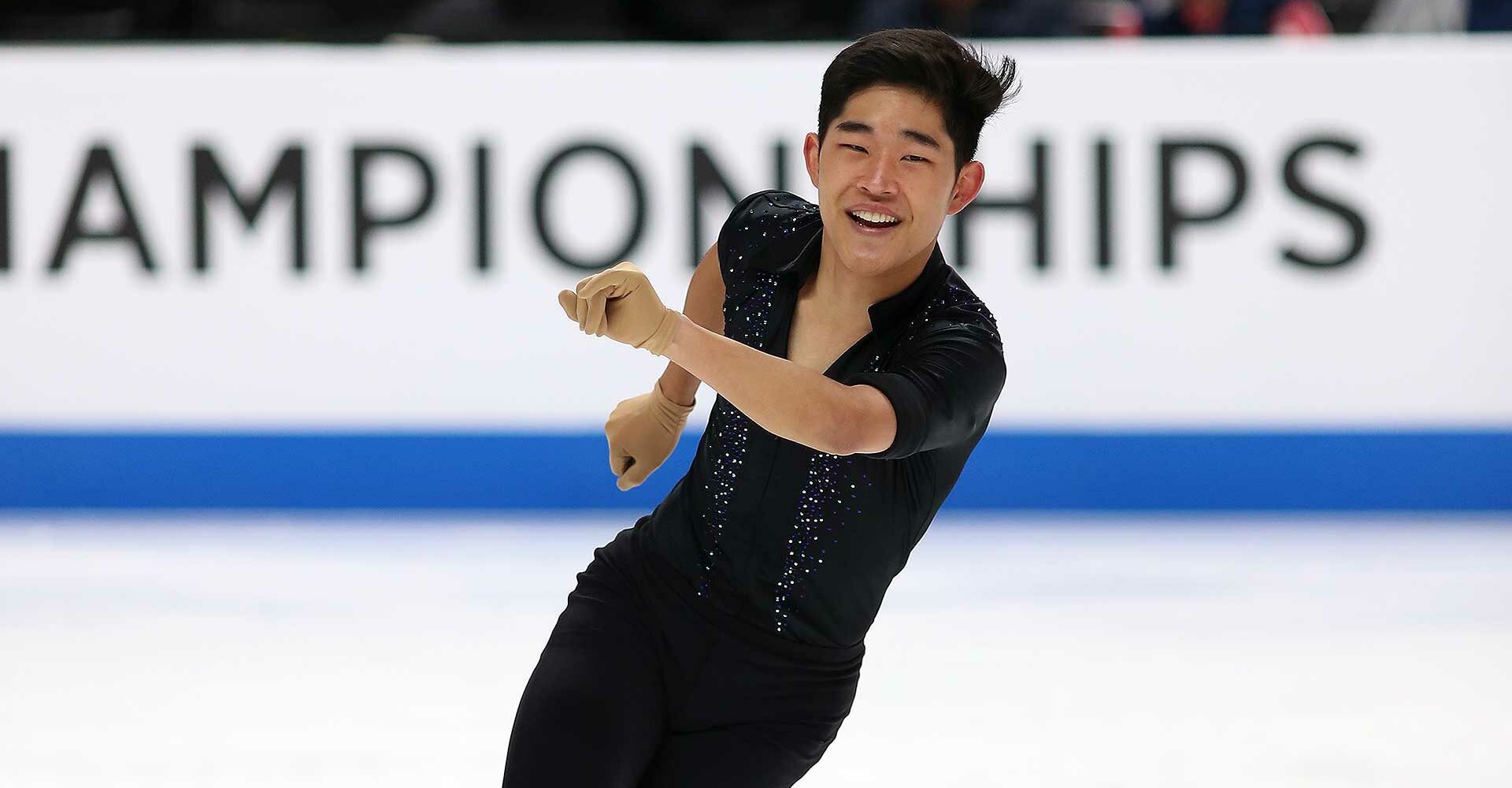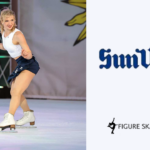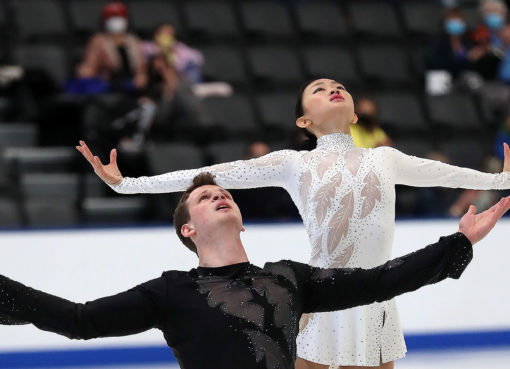By Sophia Sandoval, Team FSO contributing writer
Photos by Robin Ritoss
Editor’s Note: This is the fourth in a series of articles on skaters who are competing in U.S. Figure Skating’s Collegiate/Intercollegiate Skating.
Despite winning his most recent competition, Joonsoo Kim had retired twice.
 After graduating from University of California, Los Angeles, in 2021, Kim initially retired from the sport. By the next fall he decided to use his gap year to come back to skating while applying to medical schools.
After graduating from University of California, Los Angeles, in 2021, Kim initially retired from the sport. By the next fall he decided to use his gap year to come back to skating while applying to medical schools.
However, before starting medical school in the fall of 2023 at Johns Hopkins University, he decided that it was impossible to handle the demands of being an elite athlete and a medical student, so he preemptively retired again and didn’t compete during the 2023-2024 season.
His love for the sport pulled him back once more, and he returned to competition at the 2024 U.S. Collegiate Figure Skating Championships in July, where he won in dominant fashion. Kim plans to continue med school and skating concurrently in the fall.
That doesn’t just mean facing the challenges of balancing everything, but also adjusting to his new chapter in life without the community he built in Los Angeles for five years.
“That’s kind of where my home team was and my whole community,” Kim said. “And now I still am kind of in the process of meeting people and finding my niche within the community and within the sport.”
Returning to a sport that requires day-to-day training in order to maintain jumps, stamina and consistency after being off for some time could be a daunting task. After a “trial run” of taking a year off and then coming back, he knew what to expect and things didn’t feel that different physically. The most significant difference this time was added demands of being a full-time medical student.
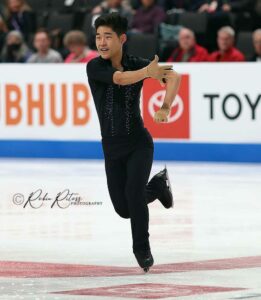 For Kim, 24 hours is not enough time to fit skating, classes, and the countless amounts of material he has to study. So, he had to accept that he couldn’t train as much as he did during undergrad. In LA, there are numerous rinks that are 20-minute drives away from each other, but Baltimore does not possess the same facilities. The rinks that are few and far in between also have limited freestyle sessions.
For Kim, 24 hours is not enough time to fit skating, classes, and the countless amounts of material he has to study. So, he had to accept that he couldn’t train as much as he did during undergrad. In LA, there are numerous rinks that are 20-minute drives away from each other, but Baltimore does not possess the same facilities. The rinks that are few and far in between also have limited freestyle sessions.
“I feel like making my schedule for the week is like a paper mache project,” Kim said. “I really have to be strategic about what times I go, where I go.”
On top of balancing the demands of being student-athlete, Kim feels that it’s imperative that he prioritize his physical and mental health. The early mornings and late nights are not always conducive to that, so Kim is being intentional about taking his foot off the pedal sometimes and giving himself some breaks to let himself breathe.
“With all of the kinds of pressures that are coming at you from different angles as a student-athlete, it’s so hard to be on 100% of the time,” Kim said. “There has to be moments where you flip that switch off for you to rest.”
When Kim first started at Johns Hopkins, it was hard to not compare himself to others. He was inspired by his “brilliant” classmates, but was worried about keeping up with them and matching the same accomplishments.
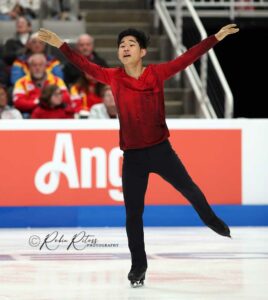 However, coming back to skating has helped him manage comparison, because it has brought back a piece of Kim’s identity that he felt he lost when he started medical school. In Kim’s eyes, it’s pointless to compare his work to others, because his work is personal to who he is.
However, coming back to skating has helped him manage comparison, because it has brought back a piece of Kim’s identity that he felt he lost when he started medical school. In Kim’s eyes, it’s pointless to compare his work to others, because his work is personal to who he is.
“Putting that part of my identity back on, I feel like I’m doing something that I’m really passionate about, and it’s all coming from within here,” he said.
One could assume that an athlete who won the collegiate championships during postgrad would have had a plethora of experience in intercollegiate competitions, but because of COVID-19, Kim only had around a season and a half of team-based, intercollegiate skating.
Although his time in the intercollegiate field was short, the impact was long-lasting.
Being a part of a team composed of athletes of all abilities and different goals has helped Kim become more grounded in his approach to skating. It made him realize that skating isn’t everything; some people in college still want to contend for national titles, while others simply want to have fun.
For Kim, it’s not sustainable to put an enormous amount of pressure on himself, especially during college.
“Skating is hard enough as it is already, and you add it to that, the pressure of doing well in school and navigating life outside of home for the first time, it’s just a lot at once,” he said.
Finding the balance is arguably the most important lesson that a student athlete needs to learn to keep themselves afloat, and Kim feels that the environment in collegiate figure skating spaces is conducive to that. He is grateful to the community that fosters a healthy and enjoyable skating experience.
Kim hasn’t completely figured out what the future holds for him. His only definite goal is to qualify for the 2025 U.S. Figure Skating Championships. In February he will begin his hospital rotations, which is incredibly time consuming, leaving little flexibility to coordinate with a training schedule.
That’s why he is only looking towards the U.S. championships at the end of January. If there are any national assignments that stem from nationals, he’ll focus on those. If not, he will reassess. Kim is also open to the possibility of taking a gap year.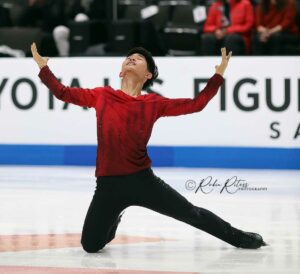
It’s all up in the air.
“I think that’s a little early for me to tell right now, and I just want to focus on my short term goal,” he said.
Regardless of how much longer Kim’s career will go on, he plans to still be involved in the sport after he fully retires. Kim has experience being on the other side of the boards as a judge. Kim is eager to continue, whether that be judging or being on the technical panel. His experience in judging played a part in pushing to come back to the sport.
“I started judging and I started watching these younger skaters, and I thought to myself, like I really missed this,” Kim said.
Kim enjoys judging because he loves watching figure skating. At the same time, to have his voice be valued is a responsibility he doesn’t take lightly.
Being a fan, athlete, and a judge has informed opinions on the way the sport is judged in the modern era. One of his biggest concerns is the coupling of the technical element score and the program component scores.
In a time where quads are increasingly rewarded on the scoresheet and pushed upon athletes, Kim believes that judges have and will use inclusion of ultra C elements in a program to justify a high program component score. The program component score is too dependent on the technical score.
He feels that some athletes’ program component scores have been inflated just because they jump quads, and the conflation of the two scores has been normalized. As a result, the artistry aspect of figure skating has taken a backseat.
“There’s a reason why there’s two separate marks,” Kim said. “So when both of those marks now are dependent on how many rotations you can do in the air, then you lose the artistry aspect of the sport.”
Kim also teaches basic skills classes at Baltimore Figure Skating Club, and has discovered teaching is something he is passionate about. He feels pride in getting to share the knowledge that he possesses with his students. The feeling he gets when one of his students achieves a goal, whether that be a waltz jump or a triple salchow, is incredibly rewarding for Kim.
“What am I going to do if I learn all this information I have,” he said. “There’s so much more of an impact that I can make if I’m able to help other people also learn that information.”
Whenever Kim’s body lets him know that it’s time to stop, he’ll stop for good. But he can’t imagine his life without the sport.
“I think I’ve realized through these many iterations of taking some space from the sport and then coming back is (that) I just love it so much that I don’t think skating is ever going to leave my life,” he said. “That part of me is always going to be in there.”
Stay tuned to our next feature in our U.S. Figure Skating’s Collegiate/Intercollegiate Skating series. Read our first, second and third stories in the series.

